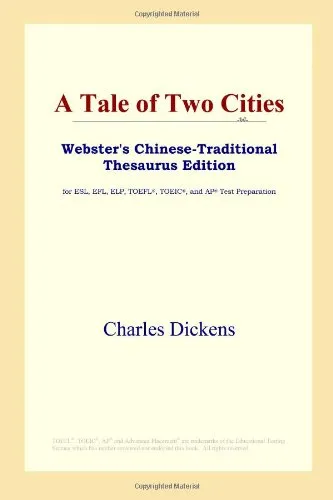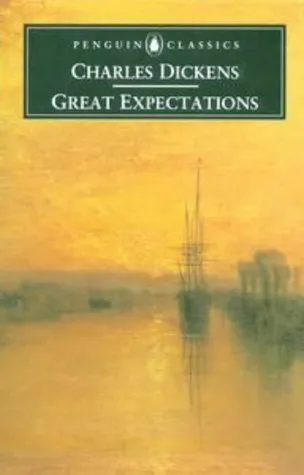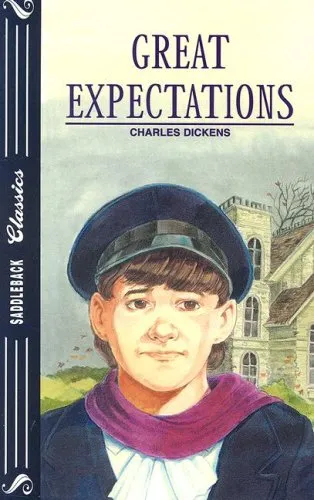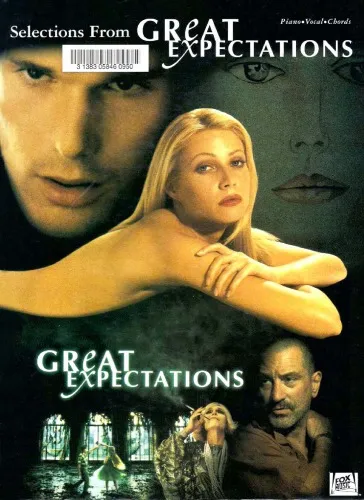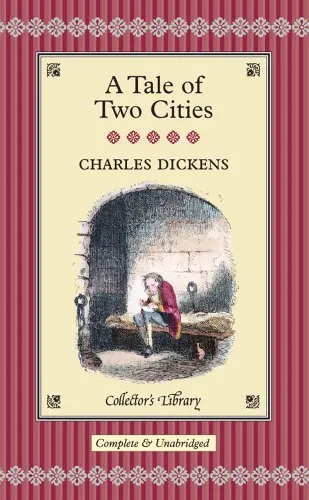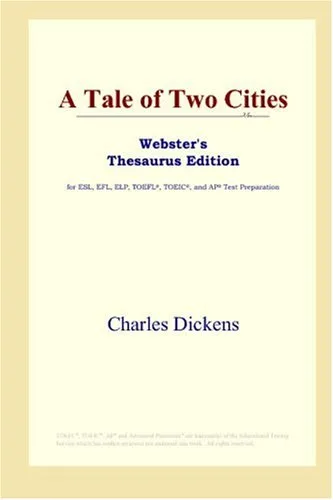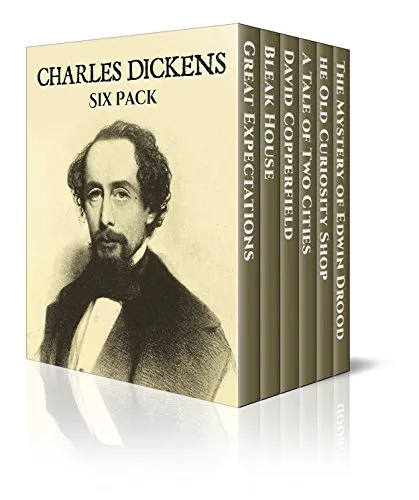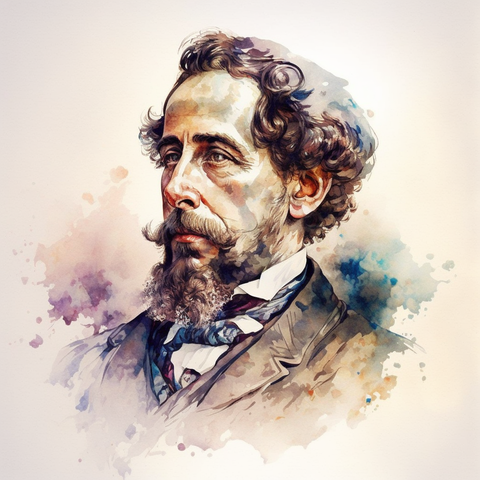A Tale of Two Cities (Webster's Chinese-Traditional Thesaurus Edition)
4.0
Reviews from our users

You Can Ask your questions from this book's AI after Login
Each download or ask from book AI costs 2 points. To earn more free points, please visit the Points Guide Page and complete some valuable actions.Related Refrences:
Persian Summary
Introduction
Welcome to the world of "A Tale of Two Cities," a timeless masterpiece by Charles Dickens that explores the human condition against the tumultuous backdrop of the French Revolution. The "Webster's Chinese-Traditional Thesaurus Edition" of this classic not only preserves the original narrative's depth but also enriches it with thesaurus entries, allowing readers to delve deeper into its linguistic nuances. In this introduction, we'll journey through a detailed summary, key takeaways, famous quotes, and the enduring significance of this monumental work.
Detailed Summary
Set in the late 18th century, "A Tale of Two Cities" unfolds in the cities of London and Paris. Dickens captures the stark contrasts between the peacefulness of London and the chaos of revolutionary Paris. The narrative centers on the lives of Charles Darnay, a French aristocrat who renounces his heritage and emigrates to England, and Sydney Carton, a dissolute English lawyer. Their stories intersect with the lives of Lucie Manette and her father, Dr. Manette, who has been recently released from an 18-year imprisonment in the Bastille.
Darnay becomes embroiled in the revolutionary turmoil when he returns to Paris to save a former family servant. During the conflict, he is captured and sentenced to the guillotine. In a parallel plot, Carton, whose love for Lucie remains unrequited, resolves to save Darnay. Through a poignant act of redemption and sacrifice, Carton switches places with Darnay, embracing his fate with the belief that his death will provide hope and a future for Lucie and her family.
Key Takeaways
- The theme of resurrection runs throughout the novel, portraying both personal rebirth and societal renewal.
- The narrative examines the dualities of human nature, such as good versus evil and love versus hatred.
- Through vivid imagery and stark contrasts, Dickens critiques social injustice and the consequences of widespread inequity.
- The story emphasizes the power of sacrifice, echoing the transformation of personal despair into altruistic courage.
Famous Quotes
The novel is celebrated for its powerful opening and closing lines, which encapsulate the essence of the story:
"It was the best of times, it was the worst of times, it was the age of wisdom, it was the age of foolishness..."
"It is a far, far better thing that I do, than I have ever done; it is a far, far better rest that I go to than I have ever known."
These lines frame the novel's exploration of love, redemption, and the cyclical nature of history.
Why This Book Matters
"A Tale of Two Cities" transcends its historical backdrop to address universal themes relevant to any era. Its layered narrative and memorable characters embody the potential for personal and collective change. In a world where issues of social justice continue to resonate, Dickens' work remains as vital today as when it was first published. The "Webster's Chinese-Traditional Thesaurus Edition" amplifies this classic by enhancing linguistic understanding, making it a valuable resource for readers seeking both literary enrichment and cultural insight.
Free Direct Download
You Can Download this book after Login
Accessing books through legal platforms and public libraries not only supports the rights of authors and publishers but also contributes to the sustainability of reading culture. Before downloading, please take a moment to consider these options.
Find this book on other platforms:
WorldCat helps you find books in libraries worldwide.
See ratings, reviews, and discussions on Goodreads.
Find and buy rare or used books on AbeBooks.
1441
بازدید4.0
امتیاز0
نظر98%
رضایتReviews:
4.0
Based on 0 users review
Questions & Answers
Ask questions about this book or help others by answering
No questions yet. Be the first to ask!
